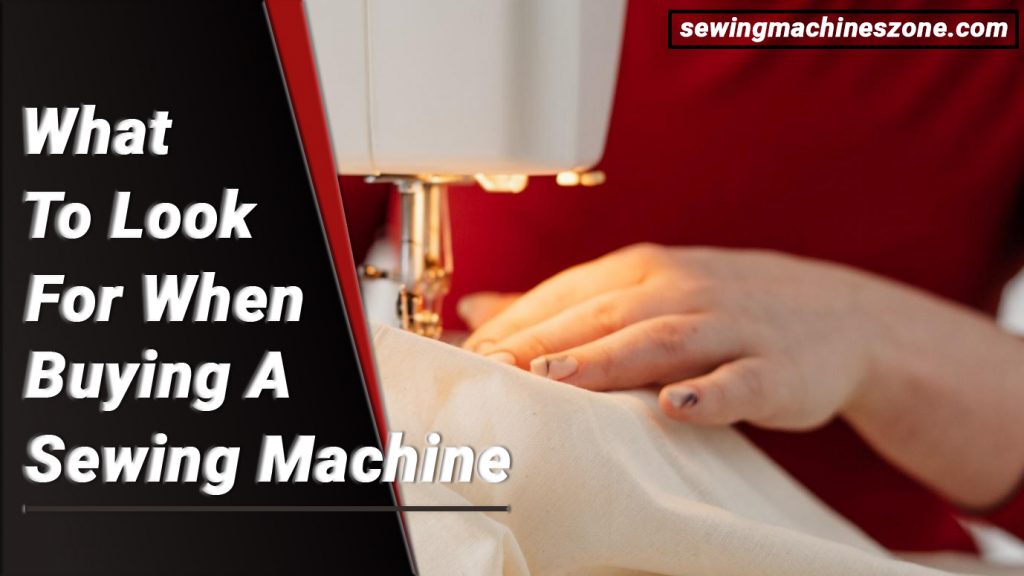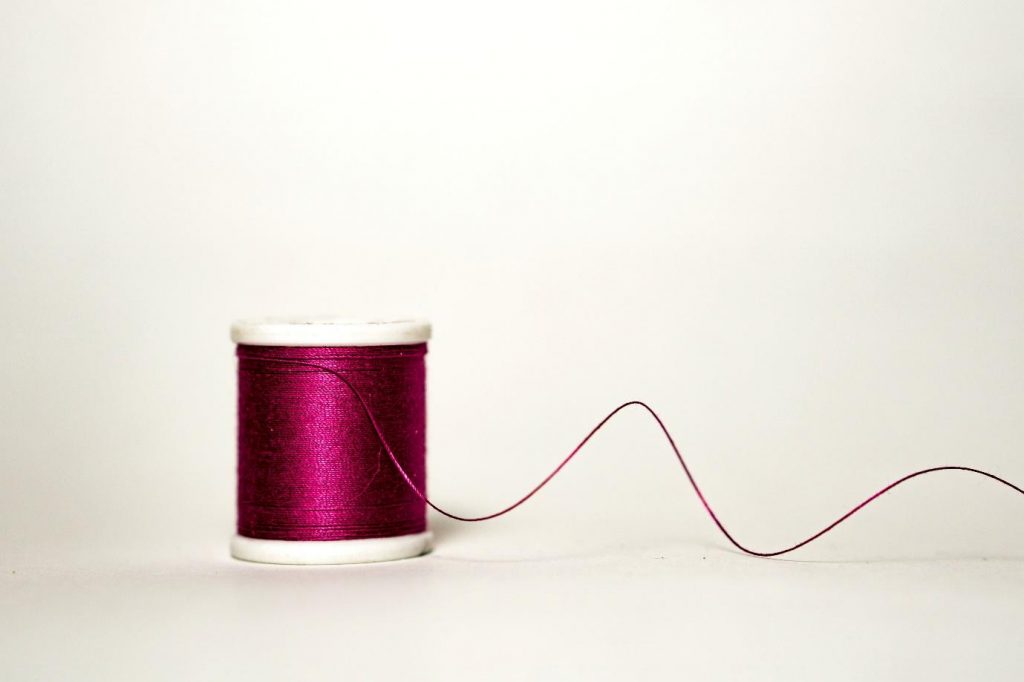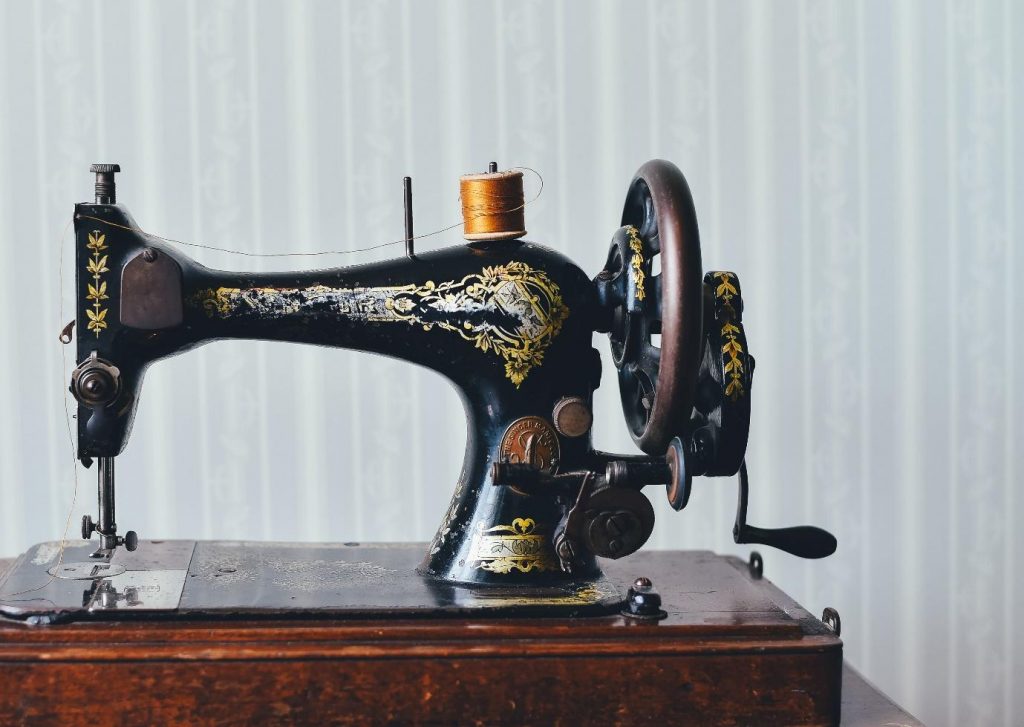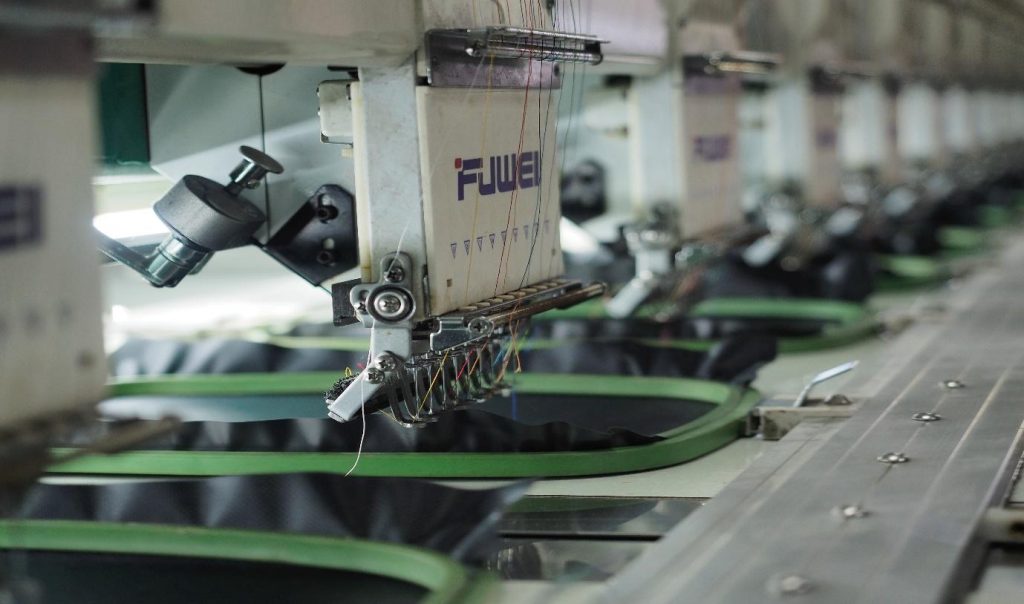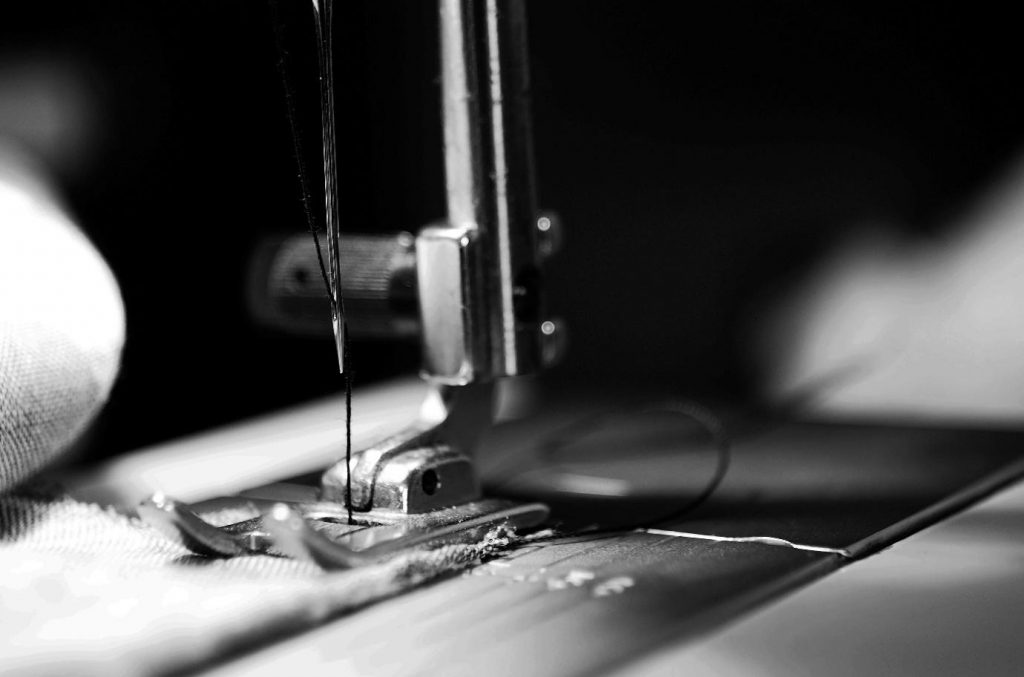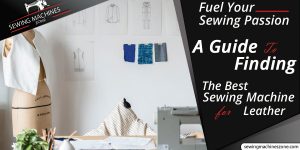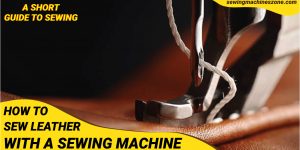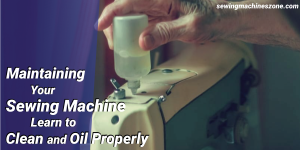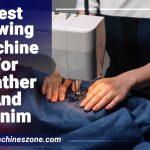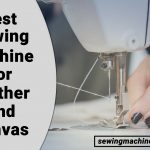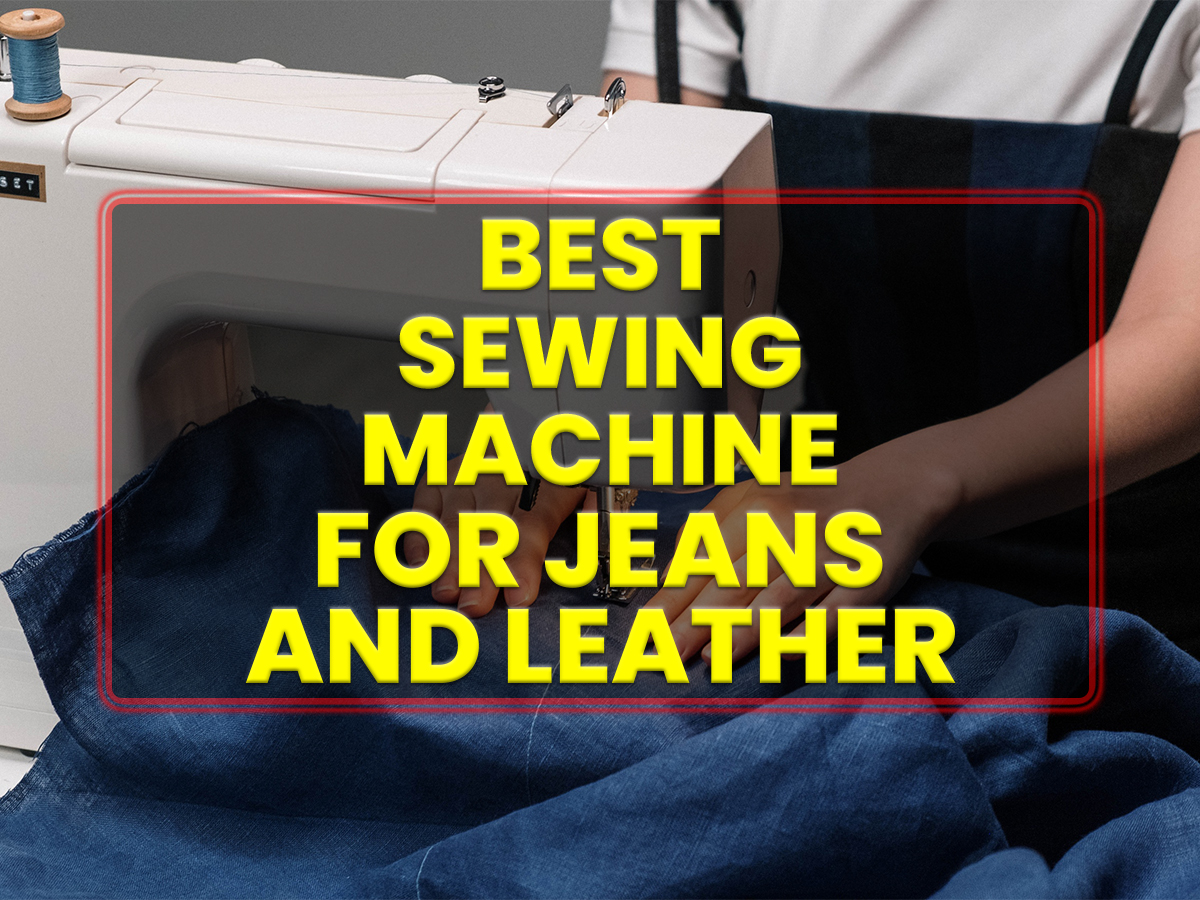Buying sewing machines can often be an intimidating task. There are so many options you can choose from, and you might not know what to look for in a sewing machine.
In this sewing machine buying guide, we will examine several factors you should consider before deciding to buy your machine.
There are many benefits and disadvantages to think about while selecting where to buy from. When you buy online from a site like Amazon, you’ll probably get a better price.
However, purchasing from a dealer has its own advantages. You can test the machine out before you consider buying it.
Often the dealers offer classes and do repairs and maintenance on your sewing machine. If you have questions, they will be able to answer them. They can also show you the attachments available and explain their uses.
Of course, you can also learn more about cleaning and oiling a sewing machine and try to maintain it yourself, which will cut down the cost and help you get used to your machine as well.
Here, we have included a few things you need to consider when learning how to buy a sewing machine.
Table Of Contents
1. Trying Before Buying
If you are considering learning how to sew, it is recommended not to jump in and buy a machine straight away. Is there a sewing machine that you could borrow and try? Why not partake in a sewing class to try a machine out and see if you enjoy it?
Only once you are certain that sewing is something you would like to pursue can you start choosing a sewing machine.
It does not matter how many features you want in your machine; one of the best pieces of advice is to do your research and try various machines out before you decide on which to buy. Purchasing a sewing machine is an investment, and you want to make sure you are buying the one best suited for you and one that will give you the best return.
Almost all sewing machine shops will gladly arrange a demonstration for you, but you might need to book an appointment in advance to make sure they have the staff available.
If you have the chance to try out a machine, check out the stitching options, have a go at threading it, and also try picking the machine up. Can you bear its weight? How heavy is it? If you’re going to transport your machine around or even carry it across your house, you don’t want to hurt yourself in the process!
Plus, you’ll need to worry about the type of machine and cloth too – which you can learn more about with this article: A Guide To Finding The Best Sewing Machine For Leather.
2. Budget
When you plan a sewing machine purchase, the best option is always choosing quality over bells and whistles. Obviously, that will depend on your budget, which ultimately determines the features available to you.
If you have a small budget, try finding a great deal on a quality used machine. Find someone who takes trade-ins; they do complete maintenance and provide you with a small warranty and a lesson on operating the machine.
If you require a machine that has a heavy-duty motor or some high-end features, this will be a good route to take.
There are also other options to explore that can save you money. Several sewing machine manufacturers make machines of good quality that don’t cost you an arm and a leg. The one thing to remember with these machines is they are lightweight (both a pro and a con), and many of their parts are made out of plastic.
If something breaks, you might not be able to get the machine fixed. But there are a few highly rated, low-cost (around $150) sewing machines that can work for you for many years. You just need to explore your options and find them!
3. Stitches
The golden question (one that is also the most difficult to answer) is what to look for when buying a sewing machine. Once your budget is determined, you can start deciding on the features you’d like to have.
The first question that comes up would be the number of stitches possible on a particular sewing machine.
The key is not to be swayed by the number of stitches but rather choose a machine with the number of stitches you will use.
At the very heart of sewing, you will only need two stitches to sew well. The first one is a Straight Stitch, and the second one is a Zig-Zag Stitch. Nearly all sewing can be completed with either of these stitches.
Nevertheless, listed below are a few more basic stitches you may need on your sewing machine:
- A straight stitch – This is the most often used stitch.
- A zig-zag stitch – This is used when you need a completed look for raw edges.
- A stretch straight stitch – This is used on anything you need to secure after a lot of use. It is a stitch of precision, and you will want a sewing machine that can perform it correctly.
- A tri-motion stitch – This stitch is used to finish your edges and prevent any unraveling.
- A blind hem stitch – This is used to sew hems that are not visible or from the right side of the clothing.
- A buttonhole stitch – This stitch is a single-step buttonhole option that will surely save you a lot of difficulties if you ever want to make buttonholes for clothing or various other projects such as cushions.
Other types of stitches will be needed based on specific projects, but these are the basics you will need.
4. Mechanical Or Computerized Machines
Mechanical Machines
Mechanical machines are simpler to operate and are not as heavy because they don’t have a computer. They also need a lot less upkeep.
If regularly cleaned and oiled, they will work well for a long time, making them the perfect choice for someone on a budget.
Computerized Machines
A well-maintained computerized machine will sew a perfect straight stitch every time it is used. All high-end machines these days tend to be computerized in some way or another.
The computer simplifies the stitch selection, length, and buttonholes and also provides programmable stitch sequences.
One of the biggest benefits of a computerized machine is its motor. As computerized machines are usually higher priced, they tend to have high-powered motors perfect for heavy-duty projects.
5. Special Features
Many machines come with an array of awesome features that will make sewing an enjoyable activity for you.
Some of these special features include:
Needle Threader: Expensive machines have an automatic needle threader. On the other hand, less expensive machines contain a semi-automatic needle threader.
Needle Up/Down: This function allows you to stop the needle in the up or down position, simplifying pivoting and turning the fabric.
Adjustable Speed Control: This allows the user to control how fast or slow you sew, making it perfect for hard and heavyweight fabrics.
Lighting: The lighting on most sewing machines has improved substantially. Observe the lighting to ensure that you can correctly see what you are sewing.
Automatic Thread Cutter: A lot of machines contain an automatic thread cutter. Just press a button, and it starts cutting the thread automatically.
6. Attachments And Feet
Attachments and feet are specific to whatever you plan on sewing. Those who sew quilts will want a walking foot, spring action foot, and a 1/4″ foot. On the other hand, garment sewists might look for a zipper foot, overcast stitching foot, buttonhole foot, and button attaching foot.
Most sewing machines come with all of these feet, but less expensive ones may not come with a larger variety of specialty feet.
Expensive machines often have a better selection of feet. Therefore you must take into consideration the price of the accessories and feet. Some manufacturers charge somewhere between $30-$50 for their feet.
Make sure to look at the specific feet and attachments that are particular to your sewing plans.
Of course, with so much information and specifications, choosing becomes pretty difficult. Luckily, we’ve got the perfect guide for you: The Best Leather Sewing Machines!
CONCLUSION
Before going out to a shop, it is highly recommended that you understand what to look for in a sewing machine – and that includes researching multiple manufacturers.
Having a little knowledge about the company that makes your sewing machine will help you choose the right machine. Plus, it will also allow you to make the most informed decision!
The essential thing to keep in mind is don’t buy a cheap sewing machine, or you may end up buying them twice! Make sure you buy your machine from the right sellers and retailers.
Lastly, if you’re interested in sewing machines that deal with tough materials like leather, specifically, feel free to check out this article: Best Sewing Machine For Leather And Canvas.
